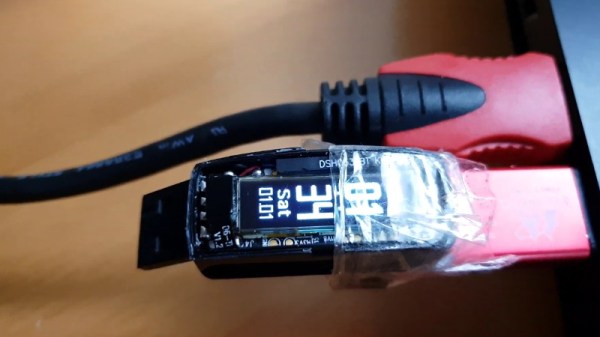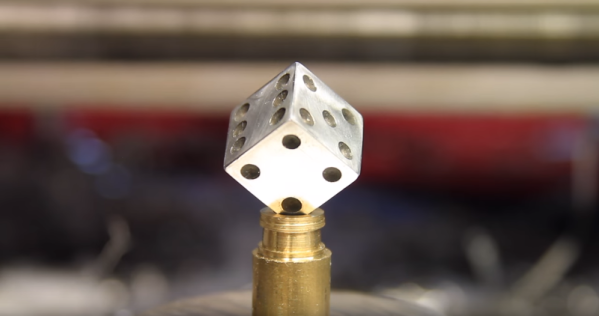[Aaron Christophel] writes in with yet another clever hack for his D6 Fitness Tracker. Using OpenOCD and Pygame, he shows how you can pull data right off the tracker’s screen and sent it to the computer.
This one appealed to us for its brevity. First [Aaron] launches the OpenOCD server which connects to the D6. Then, a short Python script connects to the server through telnet, reads the screen data, and uses a look-up table to turn the data into a duplicate display on the PC screen. If you’re more of a visual learner, there’s a demonstration video after the break.
The D6 is a popular fitness tracker that’s often re-branded and sold at a very low cost. [Aaron] is a big fan of these Nordic nRF52 powered devices, and we’ve covered some of his hacks before. If you’d like to learn more about these interesting little devices there’s quite a write-up on their inner-workings here.
Continue reading “Pulling Display Data Off Of A Fitness Tracker”












